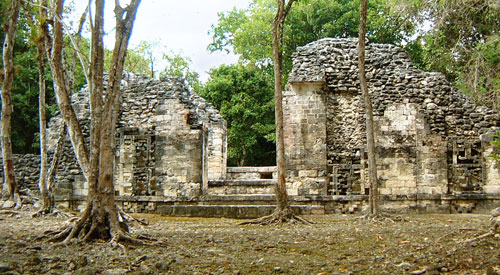
Chicanna Structure X and Structure XI
Chicanna Structure X and Structure XI are Mayan temples that stand together in Group C, but represent a transformation of Chicanna over the centuries.

Chicanna Structure X and Structure XI are Mayan temples that stand together in Group C, but represent a transformation of Chicanna over the centuries.
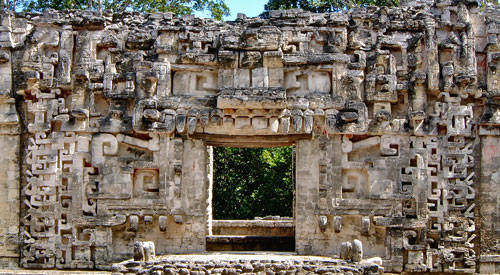
Chicanna Structure II features a fearsome monster mouth doorway that was designed to broadcast the spiritual power of this magical Mayan temple.
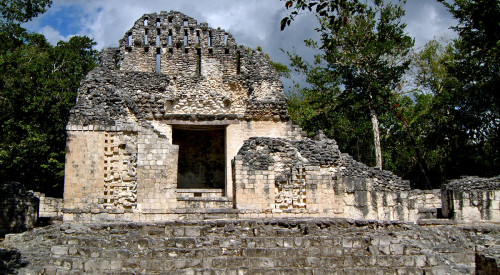
With its carved façade and roof comb, Chicanna Structure VI appears to be a temple, but the rooms added over later centuries raise questions over its use.
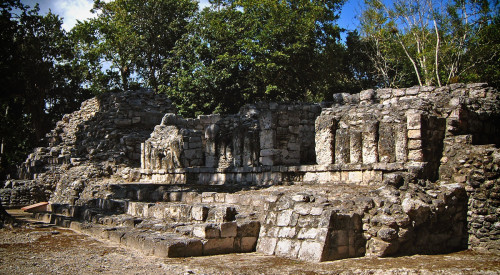
Chicanna Structure III spans the north side of Group A and was repeatedly developed from 640AD to 1040AD – but it is curiously different to the other structures
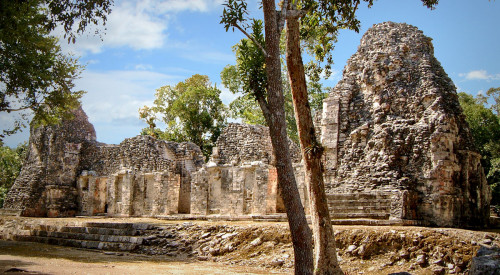
Chicanna Structure I utilises a rare Maya architectural style known as Rio Bec, which appears to mark the shift from Classic to Chenes and Puuc styles.
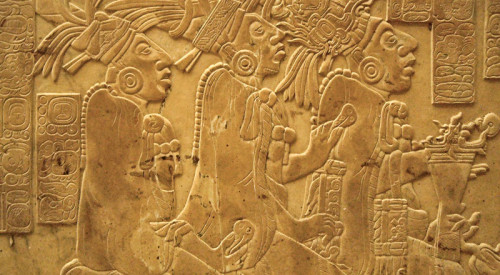
Temple XIX is home to the most incredible carvings found at Palenque and accompany the detailed story of Ahkal Mo’ Nahb and the birth of the gods
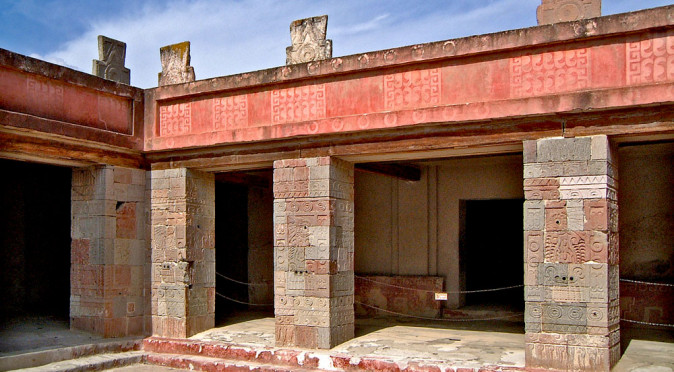
The amazing Palace of Quetzalpapalotl was dressed with stunning painted tablero-style lintels and intricately carved columns that were studded with obsidian and symbolised the cities power.
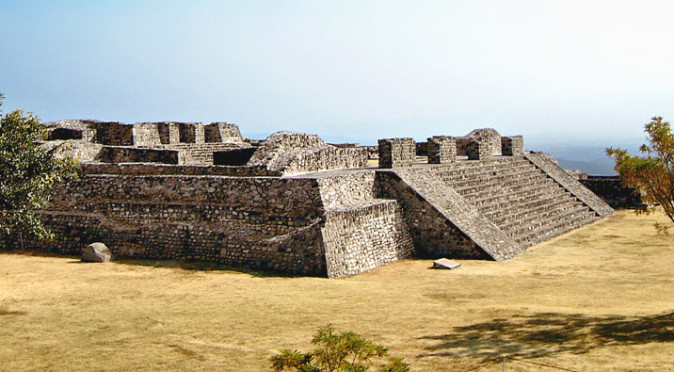
With spectacular views of the surrounding valley, the Pyramid of the Stelea is one of Xochicalco’s most incredible monumental structures and home to three mysteriously buried Stelae.
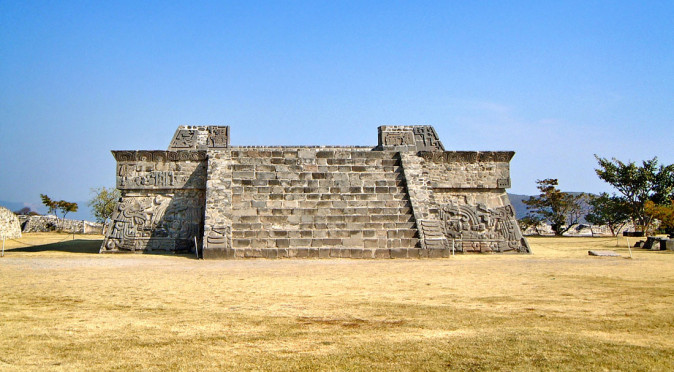
The Pyramid of the Plumed Serpents is an enigma that has led to many theories, though none explain the purpose of the magnificent serpents that dominate its walls.
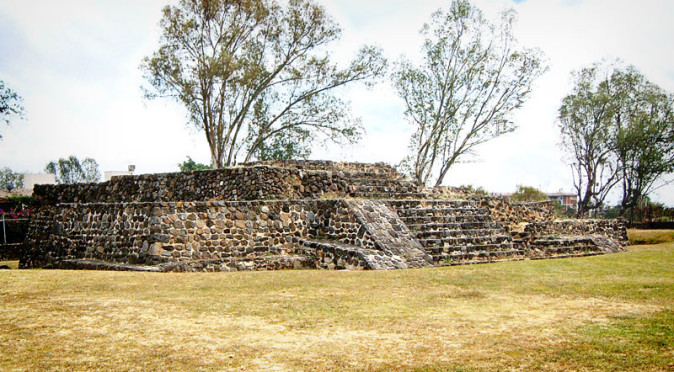
The Temple of Tezcatlipoca played an unusual role in the Aztec calendar by hosting the bloody culmination of a year long celebration to the God Tezcatlipoca.
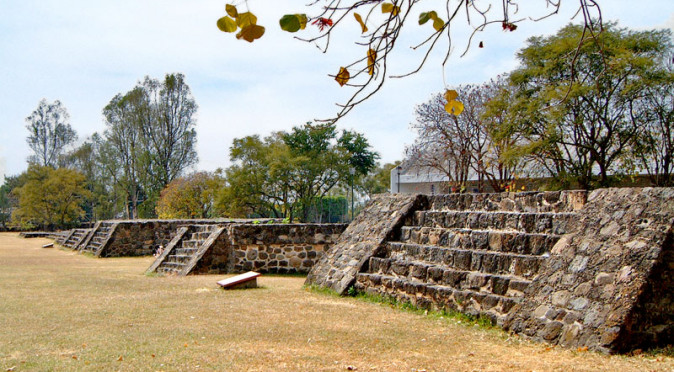
Along the west flank of Teopanzolco’s ceremonial centre lies a row of 7 enigmatic altars, two of which are distinctively circular – one of which contained human skulls.
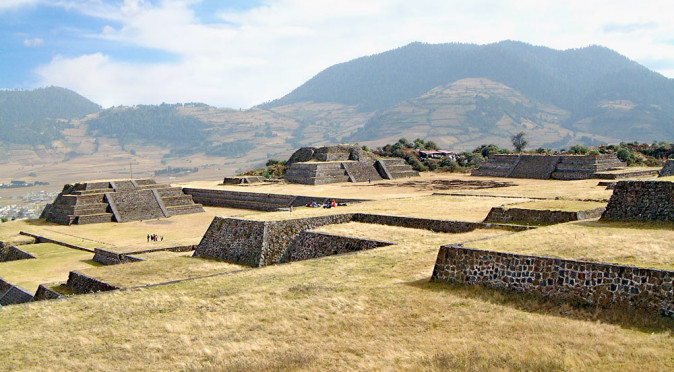
Looking out over the vast valley below, to the mountainous horizon of the east, are Groups A and B and their respective pyramids, which may have a hidden history and purpose.
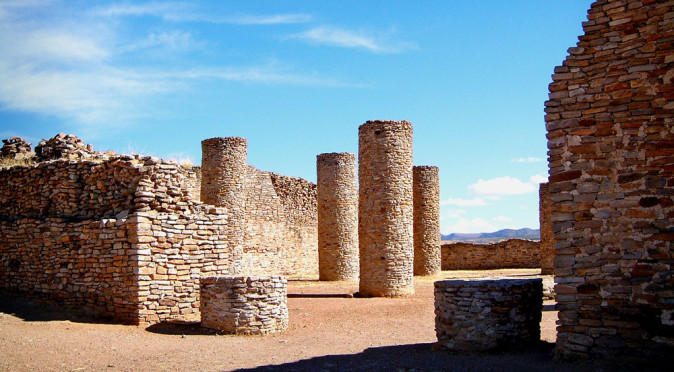
The Hall of Columns is the most iconic of all La Quemada’s buildings, but the cavernous design and lack of windows suggests it had a sinister purpose.
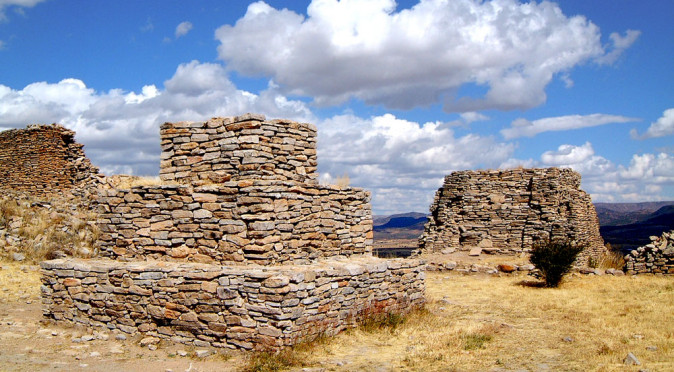
La Ciudadela takes its name from its strategic and easily defensible location right at the top of the La Quemada complex, however it function was clearly religious.
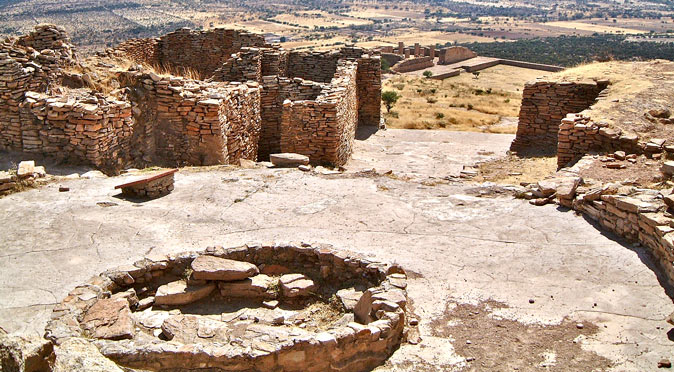
The Conjunto Pirámide-Osario includes the Patio Circular, a small sacrificial pyramid and a graveyard, and is part of a large religious complex that includes the Cuartel.
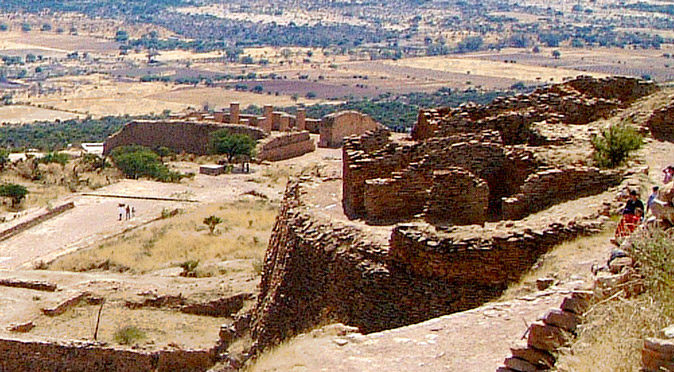
The Cuartel was formally thought to be a barracks for the fortress city, but evidence now suggests it was a religious complex, with a shrine and celestial observatory.
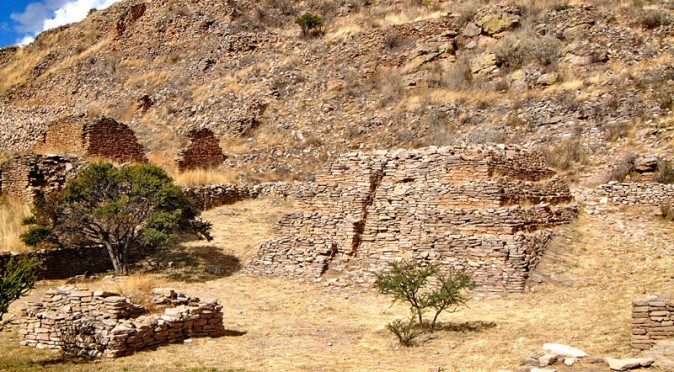
La Quemada’s third level features an enormous terrace on which they built a large ceremonial complex that appears to have been dedicated to human sacrifice.
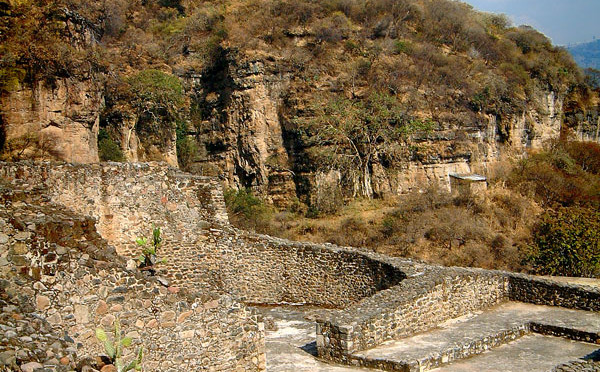
Structure III is similar to Structure I in its floor-plan, but was ritually built on top of an older structure rather than carved out of the rock face.